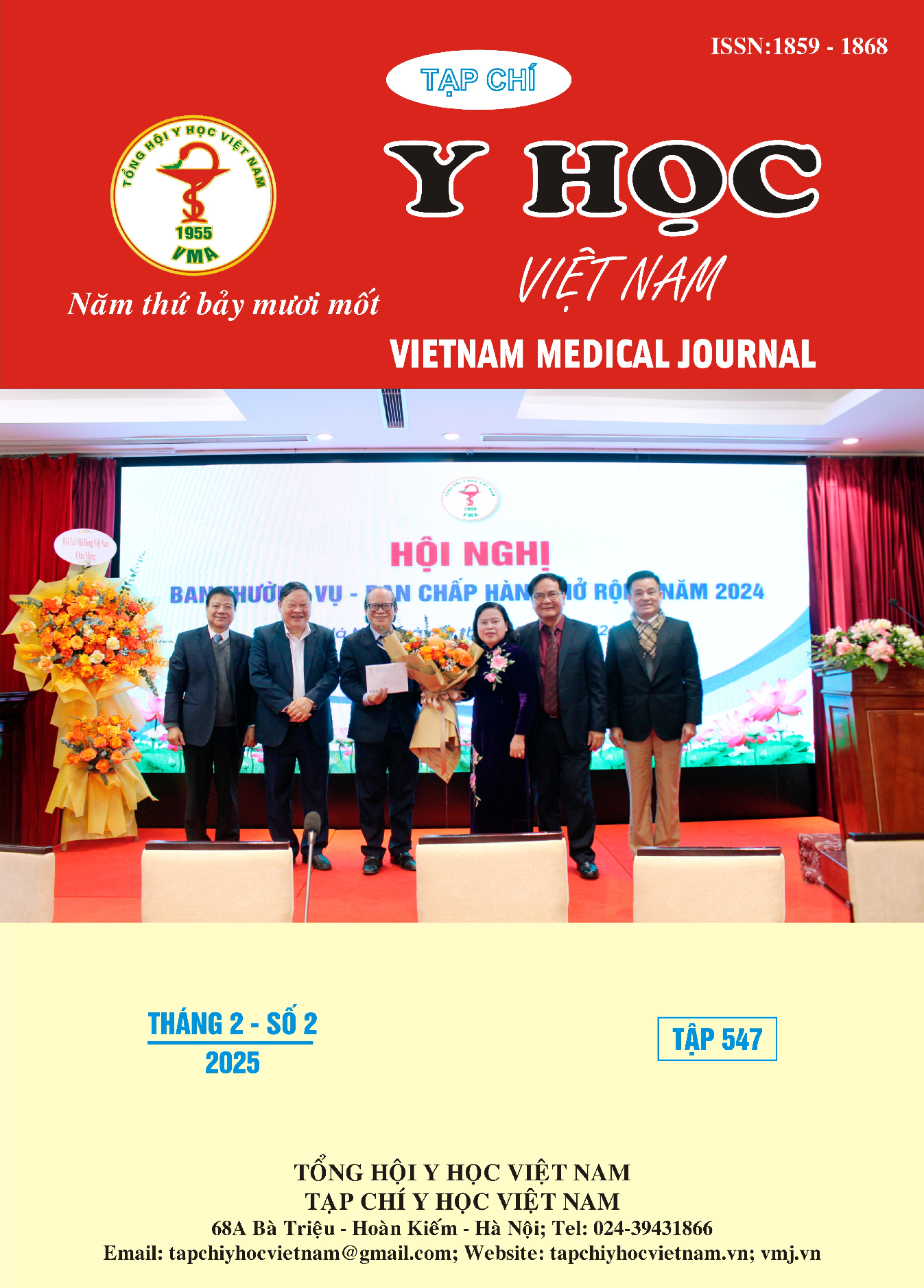EXPERIENCE WITH PLAQUE EXCISION AND DERMAL GRAFTING IN THE SURGICAL TREATMENT OF PEYRONIE'S DISEASE
Main Article Content
Abstract
Introduction: Plaque incision and grafting (PIG) is indicated for men with complex or severe penile curvature, several surgical options to treat PD have been performed. Surgical treatment use graft, as these procedures aim to maintain penile length. Aim: To assess outcomes following plaque excision and dermal grafting in the surgical treatment of Peyronie's disease. Methods: A prospective study, was performed at Binh Dan Hospital (Ho Chi Minh City – VietNam), from 1/2016 – 12/2020. Surgical correction for curvature is indicated when the PD duration is >12 months, and when the stable phase of PD is >6 months, all case use plaque excision and dermal grafting technique. Main Outcome Measures: Primary outcome measures included deformity correction, erectile dysfunction, and degree of penile lengthening/ shortening. Secondary outcome measures included satisfaction, reoperation rate, and complications.
Results: our study have 52 patients,
- History illnes: 42.1% diabetes, 26.3% hypertension, 36.84% hyperlipid.
- Age mean: 58.31 ± 8.5 years (min: 48 – max 72).
- Chief complaine: penile deformities (36.8%), pain (31.6%), palpable lumps (26.3%).
- 6% have psychological effects .
- Fibrous plaque on corpus: Anterior (5.2%), Mid (47.37%), Posterior (47.37%).
- Plaque size: 72.59 ± 75.78mm2 (15.51 mm2 – 207 mm2).
- Primary outcome measures alter sensation (16.7%), edema (21.05%), infection (1.9%), pain (10.53%), Penile straightening: 89%, Penile length: no changes (82.7%).
- Secondary outcome measures: Recurrent curvature: 3 cases, Post-operative erectile dysfunction: 13.46%, Patient satisfaction: 82.3%
Conclusion: Surgical correction of penile curvature is the mainstay for PD treatment. Dermal graft: effectiveness in terms of satisfaction, length change, straightening, economic efficiency and complications. Suitable for patients with underlying medical conditions. Adequate preoperative patient counseling.
Article Details
Keywords
penile curvatue, penile curvatue acquired, Peyronie's disease, Dermal graft
References
2. Hatzichristodoulou G, Lahme S. Peyronie's Disease. In: Merseburger AS, Kuczyk MM, Moul JW, editors. Urology at a Glance. New York: Springer-Verlag Berlin Heidelberg; 2014:225-36.
3. Ralph D, Gonzalez-Cadavid N, Mirone V, et al. The management of Peyronie's disease: evidence-based 2010 guidelines. J Sex Med 2010;7:2359-74.
4. Nelson CJ, Mulhall JP. Psychological impact of Peyronie's disease: a review. J Sex Med 2013;10:653-60.
5. Chung E, Clendinning E, Lessard L, et al. Five-year follow-up of Peyronie's graft surgery: outcomes and patient satisfaction. J Sex Med 2011;8:594-600.
6. Kueronya V, Miernik A, Stupar S, et al. International multicentre psychometric evaluation of patient-reported outcome data for the treatment of Peyronie's disease. BJU Int 2015;115:822-8.
7. Sansalone S, Garaffa G, Djinovic R, et al. Long-term results of the surgical treatment of Peyronie's disease with Egydio's technique: a European multicentre study. Asian J Androl 2011;13:842-5.
8. Kim DH, Lesser TF, Aboseif SR. Subjective patientreported experiences after surgery for Peyronie's disease: corporeal plication versus plaque incision with vein graft. Urology 2008;71:698-702.
9. Simonato A, Gregori A, Varca V, et al. Penile dermal flap in patients with Peyronie's disease: long-term results. J Urol 2010;183:1065-8.


